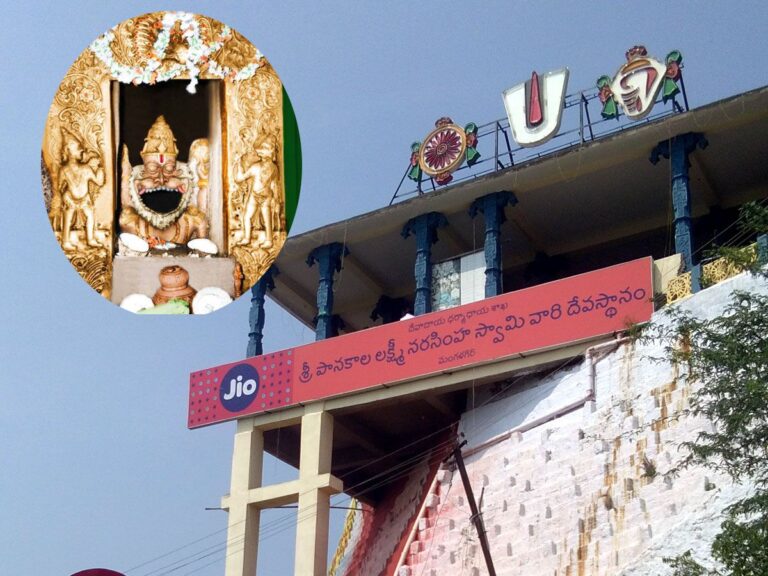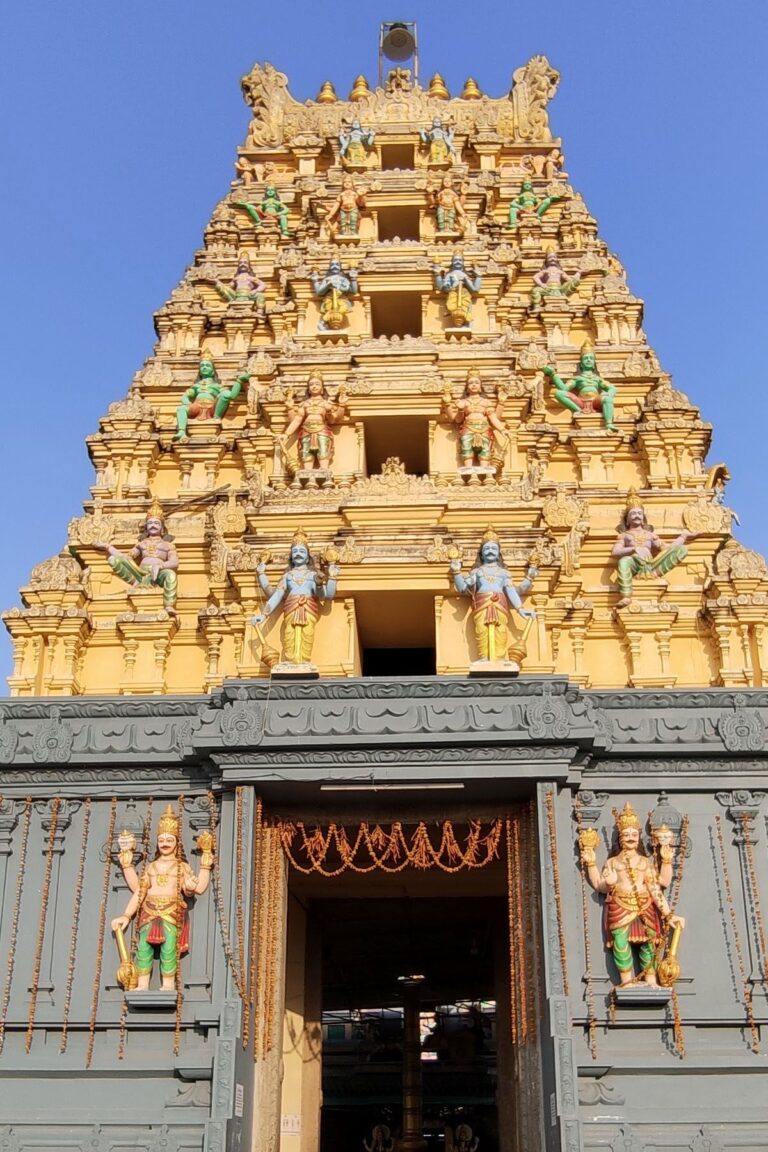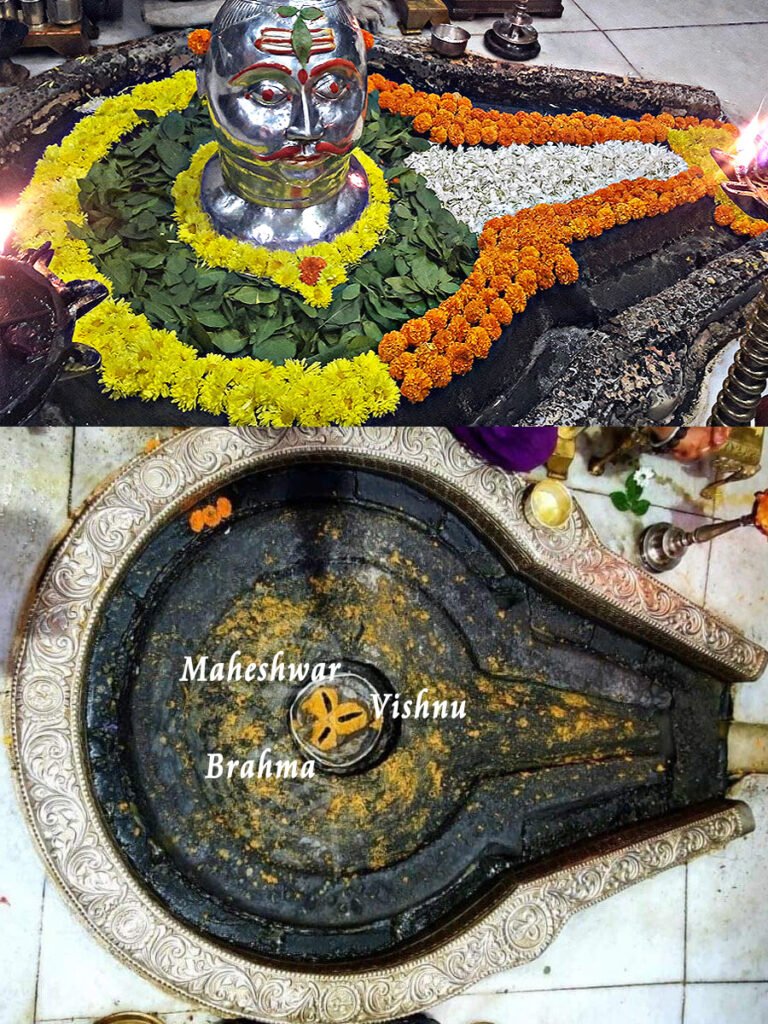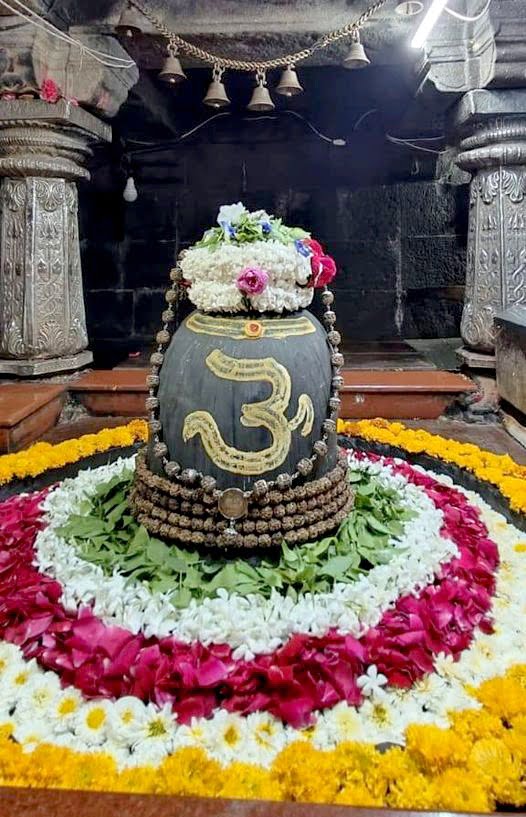Famous Kottiyoor Temple: Timeless Devotion Ignites the Soul
Kottiyoor Temple: Let us dream of an enchanted land amidst the green, green hills of Kerala, India, where nature harmoniously sings a lovely song and mythic tales whisper on the breeze. That’s where we’re going!
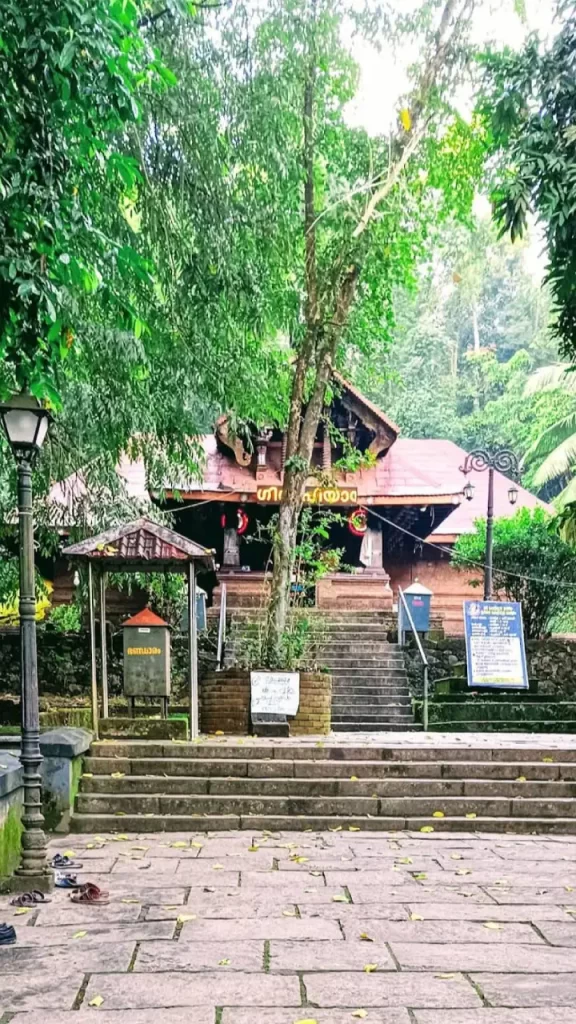
Contents
- 1 A Journey to the Heart of Kottiyoor
- 2 Kottiyoor Temple History: Old as the Hills!
- 3 Legend of the Temple: A Purana Story!
- 4 Importance of the Temple: Why it’s So Uncommon!
- 5 Architecture: Nature’s Own Temple
- 5.0.1 Famous Kottiyoor Temple: Timeless Devotion Ignites the Soul
- 5.0.2 Thirumandhamkunnu Temple Angadipuram
- 5.0.3 The Ancient Secret Behind Alathiyoor Hanuman Temple’s Power
- 5.0.4 5000 Years Old Mystery of Guruvayur Temple Kerala
- 5.0.5 The Secret of Aruvikkal Sree Shiva Subrahmanya Swami Temple
- 5.0.6 Chengannur Mahadeva Temple
- 6 Myths and Beliefs: Whispers of the Divine
- 7 Kottiyoor Temple Timing: A Rare and Precious Opportunity
- 7.0.1 Mangalagiri Panakala Narasimha Swamy Temple
- 7.0.2 Vontimitta Temple of Sri Kodanda Rama Swamy
- 7.0.3 Arasavalli Temple | Sri Suryanarayana Swamy Temple
- 7.0.4 Powerful Annavaram Temple Sri Veera Venkata Satyanarayana Swamy
- 7.0.5 Antarvedi Lakshmi Narasimha Swamy Temple
- 7.0.6 Kapila Theertham Temple Tirupati
- 8 Special Poojas and Offerings: A Heartfelt Bond
- 9 Sites to See Around Kottiyoor Temple
- 9.0.1 Nageshwar Jyotirlinga Dwaraka: 7th CE Temple with Divine Powers
- 9.0.2 Grishneshwar Temple: Wealth and Pleasure at Shiva’s Feet
- 9.0.3 Kedarnath Temple: One of Jyotirling & Char Dham
- 9.0.4 Trimbakeshwar Jyotirlinga Temple
- 9.0.5 Sacred Kashi Vishwanath Temple: 11th Jyotirling of Liberation
- 9.0.6 Aundha Nagnath Temple: 8th Jyothirling with Divine Serpents
- 10 How to Reach the Temple: Your Path to Kottiyoor
A Journey to the Heart of Kottiyoor
Today, we’re not merely going to a temple; we’re entering a time-warp saga, an area where gods and goddesses are said to have treaded, and where faith is in the air as the fragrance of flowers in bloom. The Kottiyoor Temple is not merely a single structure, but indeed two temples – one on either bank of the glistening Bavali River. We have the Akkare Kottiyoor Temple and the Ikkare Kottiyoor Temple. It’s a bit like two best friends living across a stream from each other!
Kottiyoor Temple History: Old as the Hills!
Picture a temple as old as it has existed for more years than your great-great-grandparents have been alive! That’s how old the Kottiyoor Temple is. Nobody knows exactly when it was constructed, but everybody thinks that it’s been a holy place for thousands of years. It’s like a big old tree that has experienced many seasons, many sunrises, and many sunsets.
Long, long ago, even before airplanes or automobiles, humans used to go a long, long way to reach this holy location. They would trek through mountains and forests, just to be around the sacred land of Kottiyoor Temple. This temple has seen it all, countless prayers, countless believing hearts, and countless moments of history. It is a living, breathing reminder of the powerful beliefs of Kerala’s people.
Read More>> Panch Kedar Temples in Uttarakhand
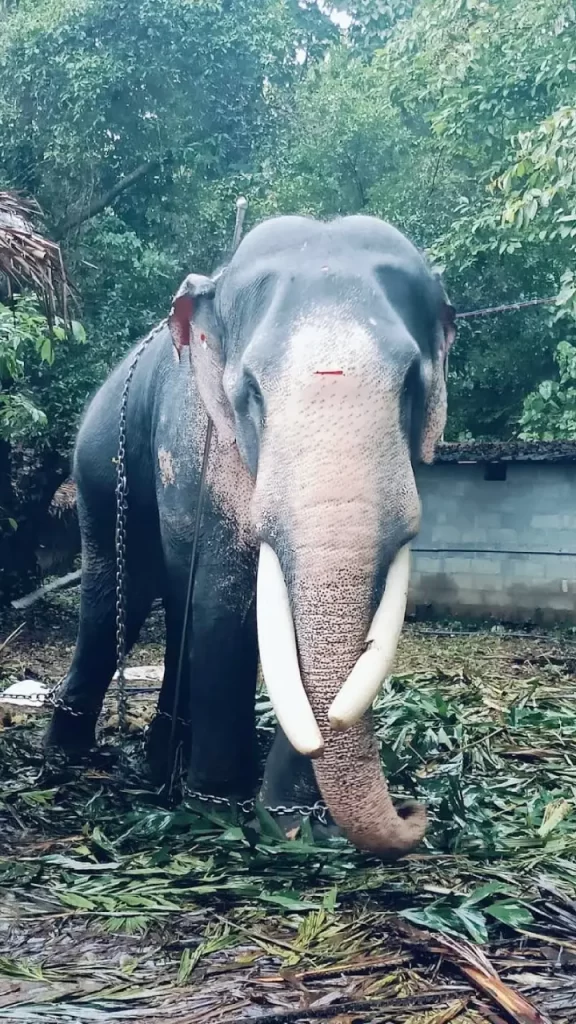
Legend of the Temple: A Purana Story!
All great locations have a great legend, and the Kottiyoor Temple has one of the greatest! It is such an important one that it is even referred to in ancient Hindu texts known as the Puranas. One of these is the Skanda Purana.
Let me narrate to you the story of Daksha Yaga, which has a connection to the Kottiyoor Temple. There was a very powerful king named Daksha long ago. He had planned to do a very grand sacrifice, which is known as a ‘Yaga’, and he had invited nearly all the gods and goddesses, but not his own son-in-law, Lord Shiva. Lord Shiva is one of the most prominent gods in Hinduism. Daksha was displeased with Lord Shiva for some reason.
However, Lord Shiva’s wife, Daksha’s daughter Sati, was extremely grieved about all this. She adored her husband so much and couldn’t tolerate the fact that he was not invited. So, although her husband Lord Shiva forbade her to go, Sati went to her father’s Yaga to argue with him.
When Sati arrived, her father, Daksha, insulted Lord Shiva terribly. Sati was so heartbroken and angry that she couldn’t bear to hear such harsh words about her beloved husband. In her immense sorrow and anger, she gave up her life right there at the sacrifice.
When Lord Shiva came to know of the death of Sati, he was overwhelmed with rage and sorrow. He formed a powerful creature known as Veerabhadra from his tangled locks of hair. Veerabhadra and other Ganas (the attendants of Lord Shiva) arrived at the site of the Yaga and reduced it to ashes. It is said that the exact ground upon which Daksha’s Yaga was held, and where Sati sacrificed her life, is nothing but the hallowed grounds of Kottiyoor Temple!
The Skanda Purana recalls this incident, how the divine forces congregated at this holy place. This ancient legend makes the Kottiyoor Temple extremely significant to pilgrims. It’s a site of great power and sentiment, where a divine tragedy occurred, resulting in the formation of one of the most venerated pilgrimage centers.
Read More>> Pancharamalu List in Andhra Pradesh
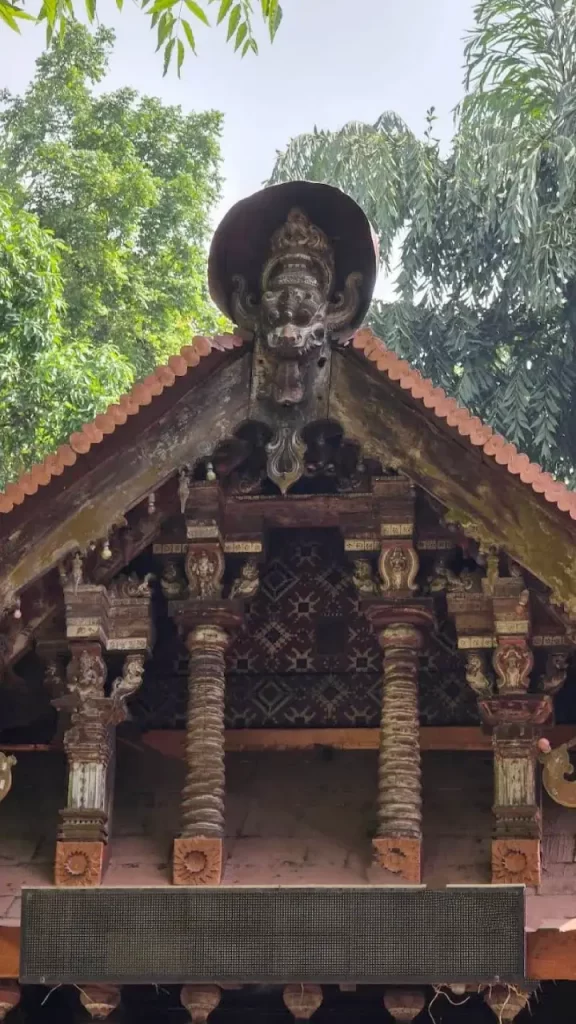
Importance of the Temple: Why it’s So Uncommon!
So why is the Kottiyoor Temple so significant? Okay, it’s not only a site where a tragic story occurred. It’s a site where devotees believe the presence of Lord Shiva resides. Imagine this: if you have a special secret spot where you connect with someone whom you love, that’s how followers feel about Kottiyoor Temple.
This temple is special because it’s open only for a few months of the year, for a unique festival known as the Vaisakha Mahotsavam. The rest of the year, it’s closed most of the time, giving nature the opportunity to take its space back around the holy grounds. That makes it even more unique, like holding out for a stunning, but rare, flower to bloom.
At the time of Vaisakha Mahotsavam, thousands and thousands of devotees from all across the globe visit the Kottiyoor Temple. They visit with prayers to offer, blessings to receive, and a sense of devotion to experience. The environment is really magical, with chants, devotional songs, and the aroma of incense filling the air. It’s a place where you can sense the vibe of devotion present everywhere.
One of the key features of the Kottiyoor Temple is that it is linked to the legend of Sati and Shiva. It is said to be a site that possesses great spiritual energy, where wishes are fulfilled, and prayers are answered. Numerous individuals are of the view that by praying at Kottiyoor Temple, they can wash away their sins and bless their lives with happiness and peace.
Read More>> List of Temples in Kumbakonam

Architecture: Nature’s Own Temple
Now, let’s discuss how the Kottiyoor Temple appears. Unlike most other temples that are big stone structures, the Kottiyoor Temple is quite different. It’s more like a temple constructed by nature itself!
The central temple at Akkare Kottiyoor is not a permanent one built of bricks and mortar. Rather, it’s a temporary one constructed around palm leaves and bamboo and is put up fresh every year for the festival! Isn’t that fascinating? It’s like a giant, beautiful hut built just for the gods. The deity, Lord Shiva, is worshipped in the form of a Svayambhoo Lingam, which means it’s a naturally formed stone, not made by human hands. It stands tall and majestic, surrounded by the flowing Bavali River.
The Ikkare Kottiyoor Temple, however, is more of a fixed building, but it’s also very plain and lies well within the surrounding nature. Here, emphasis is on the natural scenery and faith in the sacred land instead of intricate carvings and large buildings. The river itself is also an important factor, as pilgrims tend to bathe in its waters before going into the temple. It’s as if the river itself is a part of the religious ritual.
Myths and Beliefs: Whispers of the Divine
The Kottiyoor Temple is steeped in numerous intriguing myths and beliefs surrounding it, casting an air of mystery. One such belief is that the stones and trees that surround the temple are filled with divine power. Individuals believe that if you walk barefoot on holy grounds, you are making a direct connection with the divine.
Another fascinating belief is regarding the Kurumbran (the tribal chiefs) who are traditionally participating in the rituals of the Kottiyoor Temple. They are said to be the lineage of the ancient people who existed during the Daksha Yaga and been protecting the temple traditions for generations. As if they possess the secret key of the ancient temple.
Most of the devotees also feel that certain rituals at Kottiyoor Temple can help overcome obstacles, cure diseases, and bring prosperity. The sanctity of the site and the strong belief of the pilgrims generate an environment where people feel miracles are possible. The atmosphere around Kottiyoor Temple really feels different, with a sense of calmness and a divine presence.
Read More>> 750 Year Old Ananta Vasudeva Temple

Kottiyoor Temple Timing: A Rare and Precious Opportunity
As I said, the Kottiyoor Temple is distinctive in that it’s not a year-round open temple. The principal Akkare Kottiyoor Temple only opens during the Vaisakha Mahotsavam, a yearly event which typically occurs between May and June. The dates vary by year based on the Malayalam calendar, so best to double-check before you go.
At this festival, the temple is alive! The air is alive with the beat of traditional music, the songs of devotional chanting, and the soft hum of thousands of pilgrims. It’s breathtaking. Ikkare Kottiyoor Temple remains open for a longer duration of time, but the principal pilgrimage and most important rituals occur during the Vaisakha Mahotsavam.
The busiest days at Kottiyoor Temple are typically the days of the important rituals of the festival, i.e., the Neyyattam (ghee pouring ritual) and the Ilaneer Vayppu (gift of tender coconuts). These are occasions of extreme spiritual importance, and a lot of devotees congregate to behold and join in on these unique ceremonies. If you are planning to come around those times, get ready to face a big, but highly devotional, crowd!
Special Poojas and Offerings: A Heartfelt Bond
Special poojas and offerings galore are done at Kottiyoor Temple. Perhaps the most well-known is the Neyyattam, where pure ghee (clarified butter) is offered to the god. It’s an extremely old ritual, and individuals feel that offering ghee is one way of cleansing oneself and asking for blessings.
The second major offering includes the Ilaneer Vayppu, for which tender coconuts are provided. The water from these coconuts is held to be extremely sacred and utilized in the rituals. It represents purity and new beginnings.
There are also numerous other poojas conducted by the priests, including Rudrabhishekam (a rich worship of Lord Shiva with divine hymns and offerings) and Mruthyunjaya Homam (a fire sacrifice for good health and longevity). There is a special meaning in each pooja, and they are all carried out with utmost devotion and detail. When you see these rituals done at Kottiyoor Temple, you can really sense the strong bond that exists between the worshippers and the divine.
Read More>> Konark Sun Temple 13th Century Gem
Sites to See Around Kottiyoor Temple
Though the Kottiyoor Temple is the primary site of interest, there are some other lovely sites you can visit around it if you are nature and spiritual site lovers.
Palukachi Mala: It is a picturesque hillock at Kottiyoor, famous for its scenic beauty and serene environment. It’s an ideal destination for an easy trek and panoramic views of the Western Ghats stretching out around it. Picturize a serene area where you have the birds singing all around and the soft breeze in your face – that’s Palukachi Mala.
Aranya Kandam: This is a natural location near the temple, famous for its greenery and peaceful atmosphere. It’s a great place to bond with nature and appreciate the serenity of a distance from the crowds.
Parassinikkadavu Muthappan Temple: Although a little more distant, this temple is also extremely well-known and special in Kannur district, honoring Sree Muthappan. It’s particularly famous for its ritualistic performance art known as Muthappan Theyyam, in which an actor becomes the god. It’s a very different experience from that of Kottiyoor Temple, but just as engrossing.
Pythal Mala: For trekking and nature lovers, Pythal Mala is a beautiful hill station boasting rich diversity and stunning vistas. It’s a great retreat for nature enthusiasts after a spiritual sojourn at Kottiyoor Temple.
These destinations provide a great way to prolong your visit and enjoy more of the natural splendor and cultural diversity of Kerala.
How to Reach the Temple: Your Path to Kottiyoor
Reaching the Kottiyoor Temple is an adventure itself! Being that it’s located in the hills of Kannur district, Kerala, you have several options:
By Air: The closest airport is Kannur International Airport (CNN). You can hire a taxi from the airport to get to Kottiyoor Temple. The ride will be picturesque, taking you through winding roads and greenery.
By Train: The closest major railway station is Thalassery (TLY) or Kannur (CAN). From these terminals, you will find taxis or buses easily, which will drop you at Kottiyoor. The train ride itself from Kerala is quite pleasant with the beautiful countryside on display.
By Road: Kottiyoor Temple is excellently connected by road to larger towns and cities in Kerala. You may go by bus or rent a taxi from locations such as Kannur, Thalassery, or Kozhikode. The roads will be a little curved as you reach near the temple, but it’s worth taking for the amazing destination.
Keep in mind, if you’re traveling during the Vaisakha Mahotsavam, there may be special bus schedules or arrangements in place to accommodate the high volume of pilgrims. It’s always best to inquire with local transport officials or tour operators for the latest information, particularly for your trip to Kottiyoor Temple.







